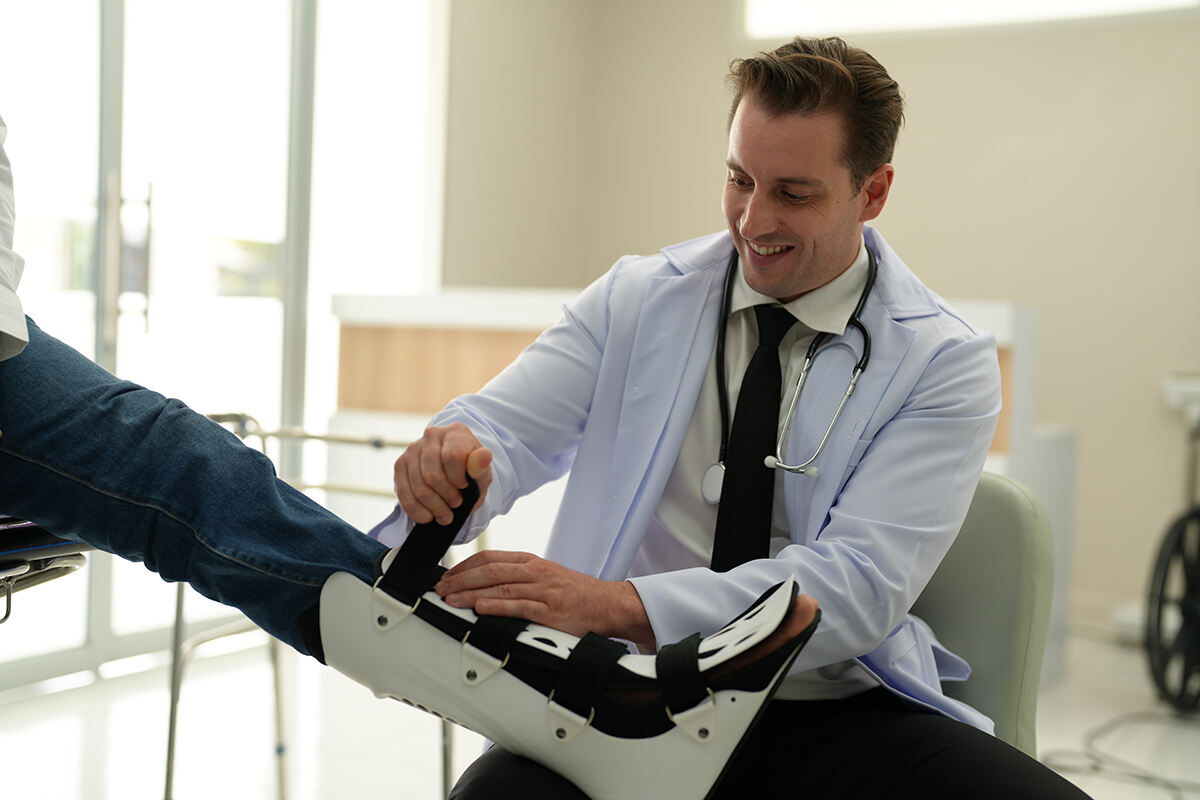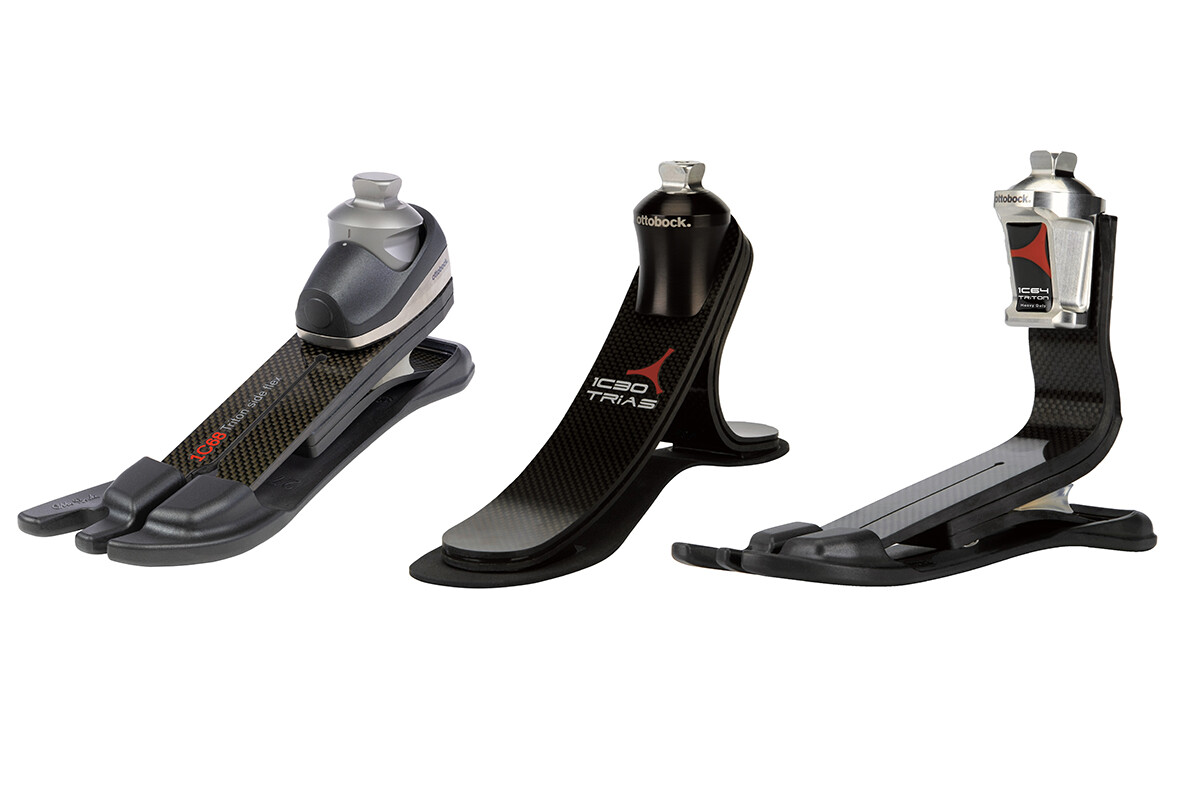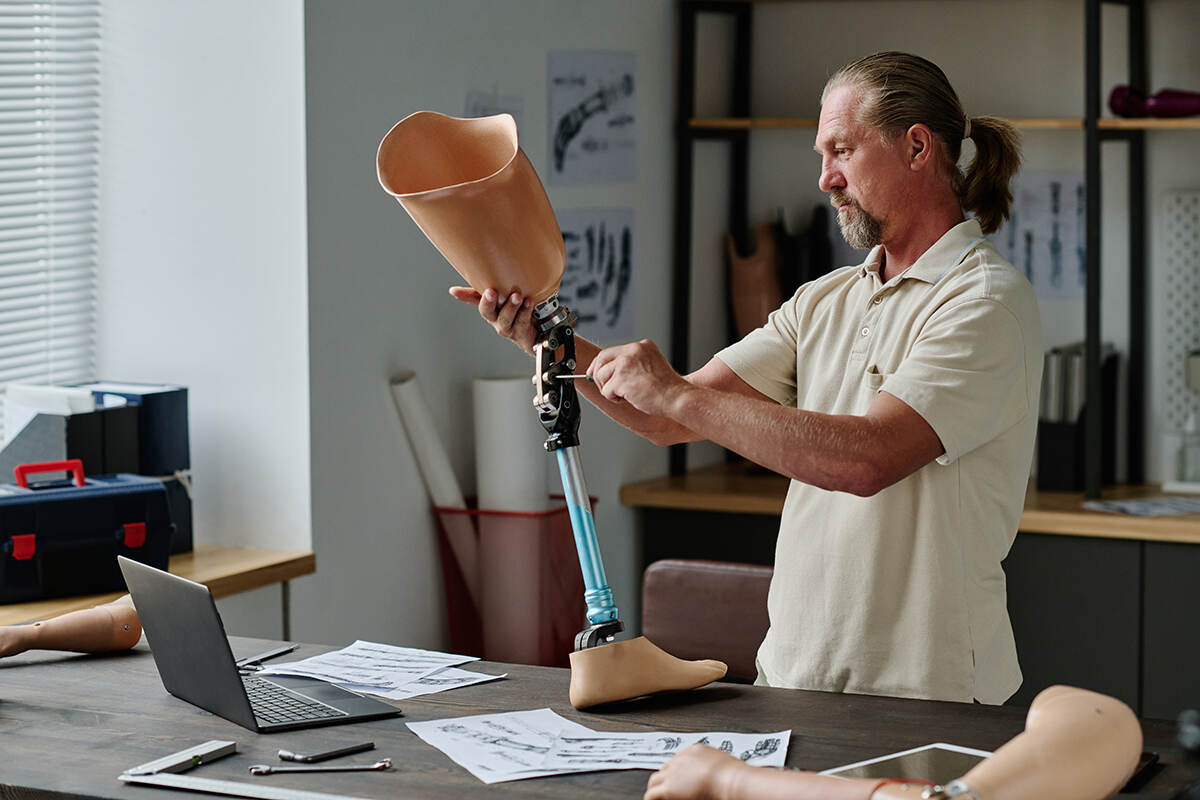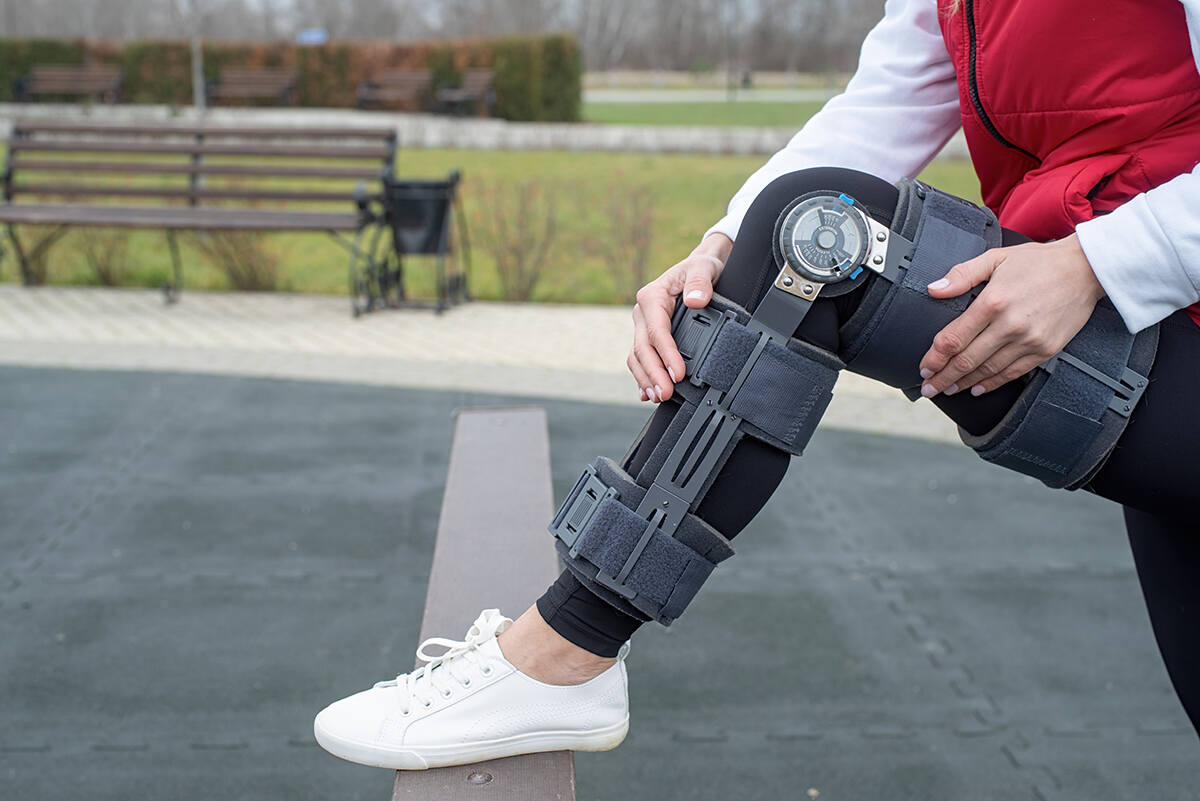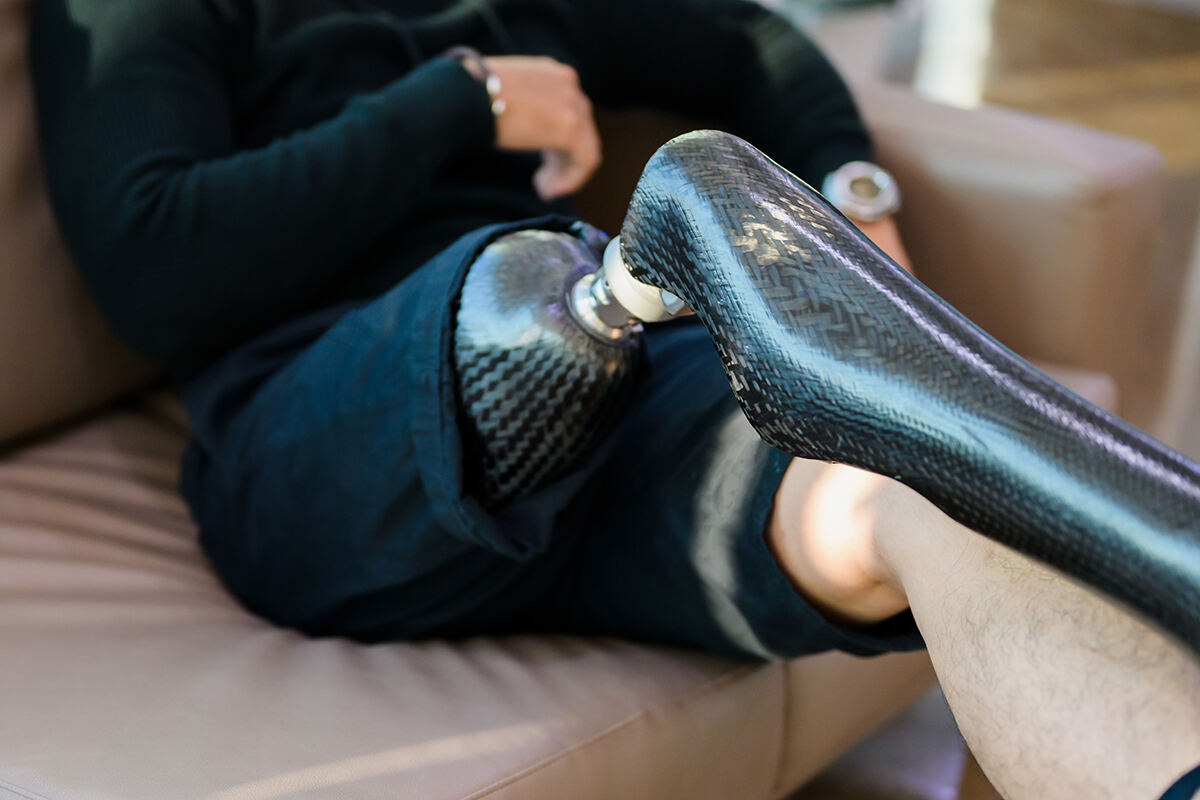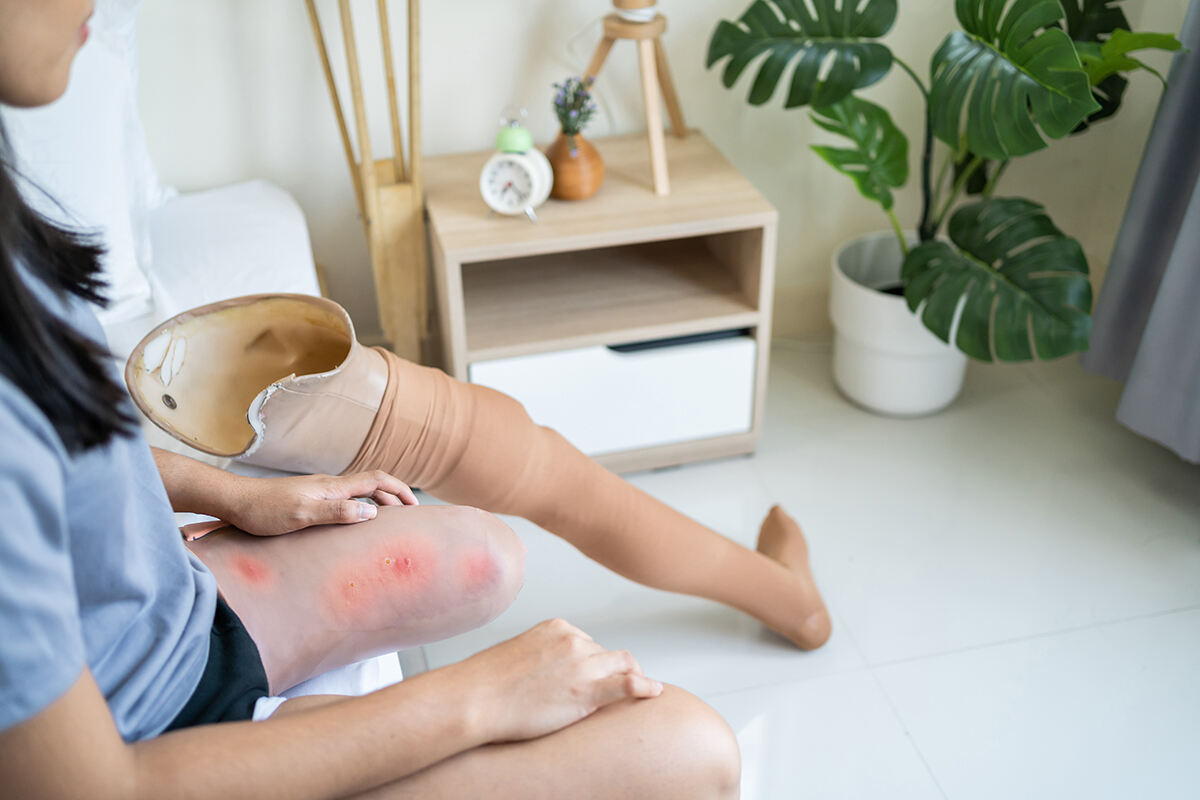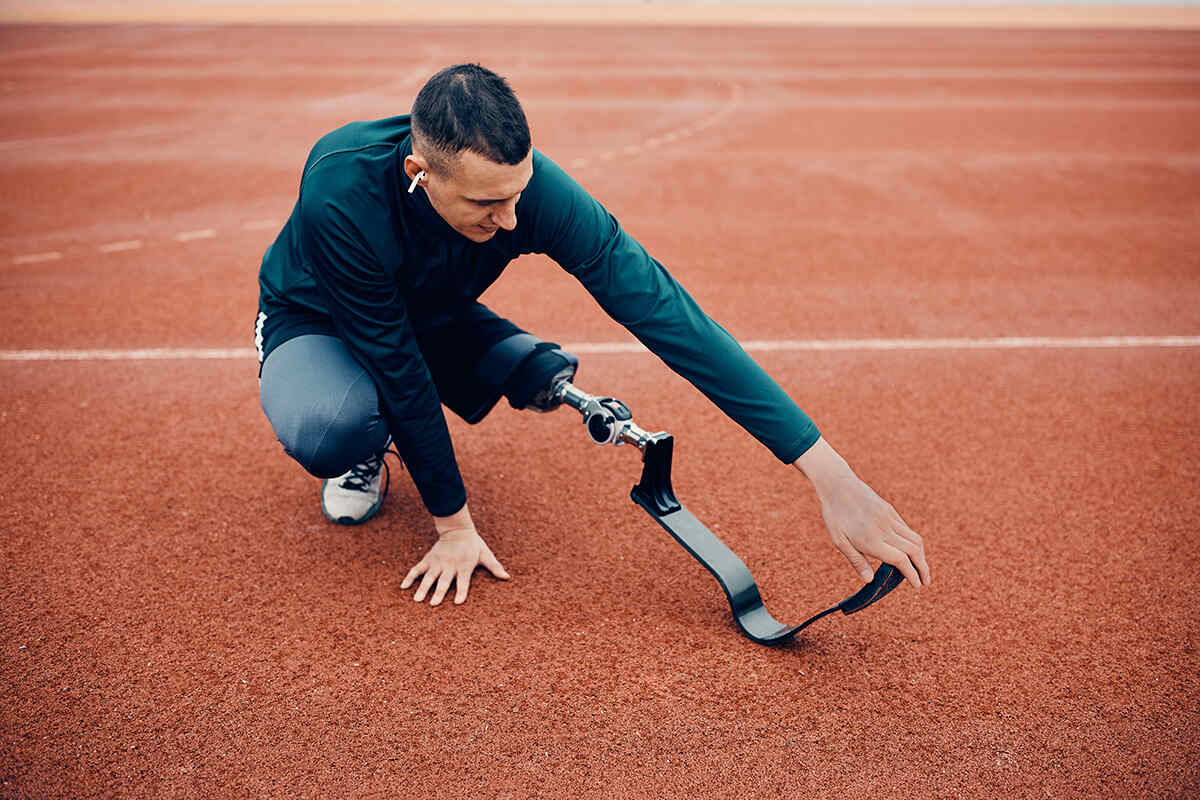Having the correct Ankle Foot Orthosis is a vital step in managing mobility challenges. To guide you through the available types of AFOs—articulated, solid, hinged, and dynamic—we’ll break down how each can cater to your specific needs, whether you’re addressing foot drop, neurological conditions, or seeking enhanced daily stability. With tangible insights, you’ll be equipped to make an informed decision on the right AFO for you.
Key Takeaways
- Ankle Foot Orthoses (AFOs) provide vital support for a variety of conditions affecting gait, including foot drop, spinal cord injury, and cerebral palsy, and are tailored to individual needs using materials like plastics, carbon fiber, and 3D printing technologies.
- AFOs are classified into different types such as articulated, solid, hinged, and dynamic, each offering varying levels of support, mobility, and customization, making them suitable for different patient requirements, lifestyles, and specific conditions.
- The effectiveness and comfort of AFOs are maximized through proper selection, fitting, and maintenance, including regular consultations with healthcare providers for custom-made solutions and diligent care practices like daily cleaning and wear inspections.
Overview of Ankle Foot Orthoses (AFOs)
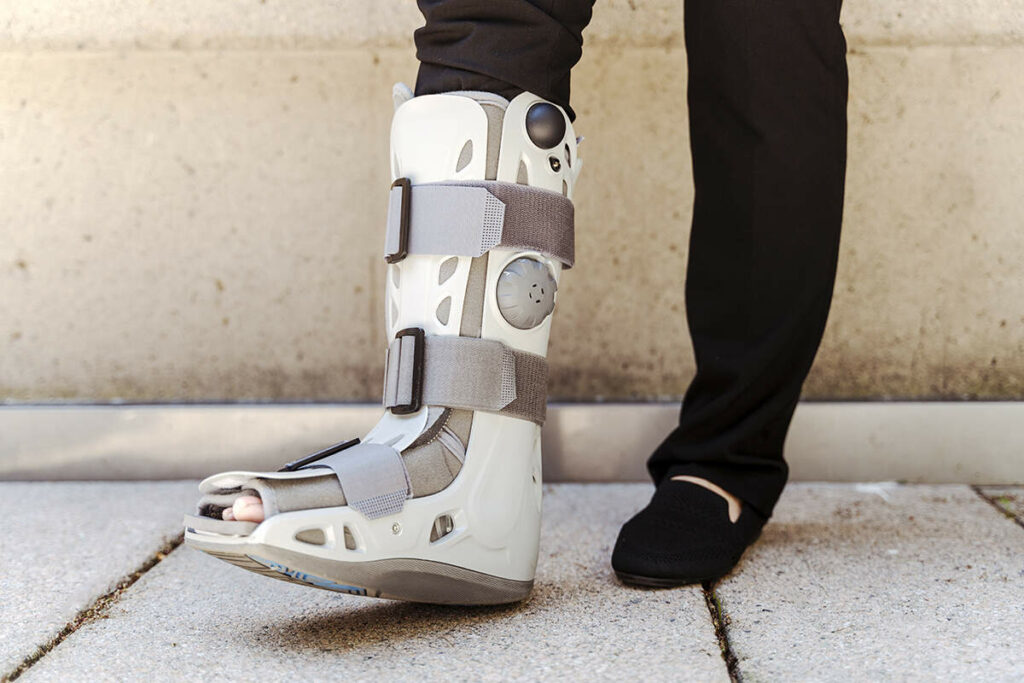
An ankle foot orthosis (AFO) is a custom-made orthotic device that envelops the foot and ankle, providing much-needed support to these areas. AFOs are made from a variety of materials including:
- plastics
- metals
- polymer-based composites
- leather
- carbon fiber
AFOs are designed to enhance your gait and physical functioning.
These practical devices can help manage a broad range of conditions such as:
- foot angulation deformity
- acquired brain injury
- stroke
- spinal cord injury
- cerebral palsy
- foot drop
Whether you’re dealing with a chronic condition, recovering from an injury, or experiencing ankle pronation, there’s an ankle foot orthosis, also known as ankle foot orthotics, designed to help you get back on your feet again.
Classifying AFOs by Functionality
AFOs come in various forms, each offering different levels of support and mobility. These can be broadly classified into articulated AFOs, solid AFOs, hinged AFOs, and dynamic AFOs, with the solid AFO being a popular choice for many patients.
We will examine each of these types, elucidating their unique functionalities.
Articulated vs. Solid AFOs
Articulated AFOs, as their name suggests, allow for increased mobility. They are designed to provide improved balance and enhanced comfort for daily activities. On the other hand, solid AFOs offer rigid support to maintain the ankle in a fixed position, offering stability and assisting with knee control.
The choice between these two largely hinges on the patient’s specific needs. For individuals who need more mobility, articulated AFOs would be a better choice. However, for those who require movement limitation for better control, solid AFOs would be the go-to option.
Hinged AFOs: Balancing Mobility and Support
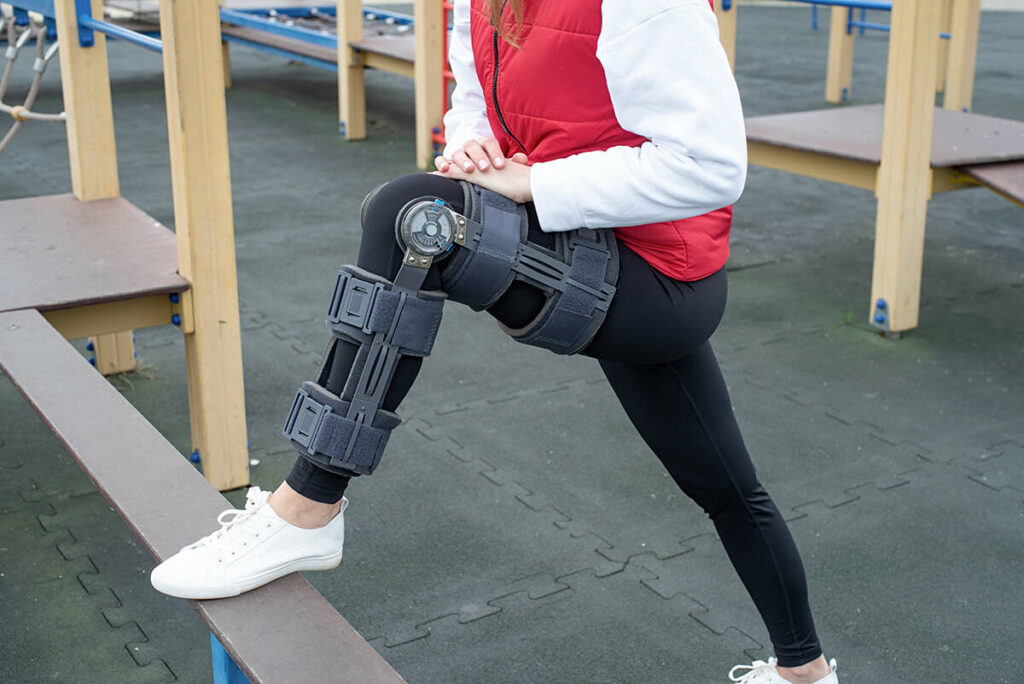
Hinged AFOs, renowned for their balanced mobility and support, are a favored choice. These AFOs come with adjustable hinges that can be tailored to a patient’s specific range of motion. This blend of mobility and support makes them ideal for many patients.
An example of a hinged AFO is the posterior leaf spring AFO, which facilitates controlled ankle movement. This leads to enhanced walking efficiency and improved balance, providing a significant boost to the wearer’s mobility.
Dynamic AFOs for Active Lifestyles
Maintaining an active lifestyle is important, especially for those dealing with foot and ankle conditions. Dynamic AFOs are designed to provide stabilization while also permitting freedom of movement in the ankle joint. This makes them a robust and lightweight option for individuals with active lifestyles and neurological conditions.
Dynamic AFOs have several benefits:
- Enhance the ambulatory capacity of active individuals
- Address ankle-foot deformities
- Facilitate foot clearance
- Promote more natural and efficient gait patterns
They are particularly effective in reinstating quasi-normal gait patterns for individuals with drop-foot.
Addressing Specific Conditions with AFOs
AFOs are not just categorized based on functionality, but they can also be designed to address specific conditions. We will examine how AFOs can be customized for managing conditions such as foot drop, lateral ankle instability, and neurological disorders like cerebral palsy and traumatic brain injury.
AFOs for Managing Foot Drop
Foot drop is a manifestation of underlying health conditions, often stemming from peroneal nerve injury or lumbar radiculopathy in the lower leg, which can cause muscle weakness. This condition influences your gait, leading to an unstable antalgic gait or a steppage gait, and making walking safely a challenge.
AFOs can help by:
- Ensuring proper alignment of the toes with the rest of the foot
- Preventing dragging
- Ensuring toe clearance during limb swinging
- Enhancing stability when the foot is in contact with the ground
From plastic AFOs to walking boots and advanced types like AF Servo and TurboMed, there are several types of AFOs utilized for managing foot drop.
Custom Solutions for Lateral Ankle Instability
Lateral ankle instability is characterized by excessive ankle motion and a tendency to ‘give out’ easily. This condition can impact mobility by creating a sense of instability in the ankle and increasing the likelihood of it giving way.
Custom-made AFOs can furnish targeted support and stability for individuals suffering from lateral ankle instability. These AFOs are designed to improve ankle stability by immobilizing the ankle joint at a 90-degree angle while walking, which also aids in proper ankle dorsiflexion.
The process for designing custom AFOs for this condition involves creating a solid piece of plastic that fits around the heel and using straps to hold it in place.
Specialized AFOs for Cerebral Palsy and Traumatic Brain Injury
AFOs can be specifically designed for optimal support and control for patients with cerebral palsy and those recovering from a traumatic brain injury. Specialized AFOs like:
- Leaf-spring AFOs
- Solid-ankle AFOs
- Articulated AFO orthotics
- Rigid AFO orthotics
are commonly utilized in individuals with these neurological disorders.
These specialized AFOs assist in correct foot positioning, improve stability, prevent contractures, and contribute to enhanced alignment. They play a crucial role in optimizing gait, reducing muscle imbalances, and enhancing or preserving functional capabilities.
Innovations in AFO Design
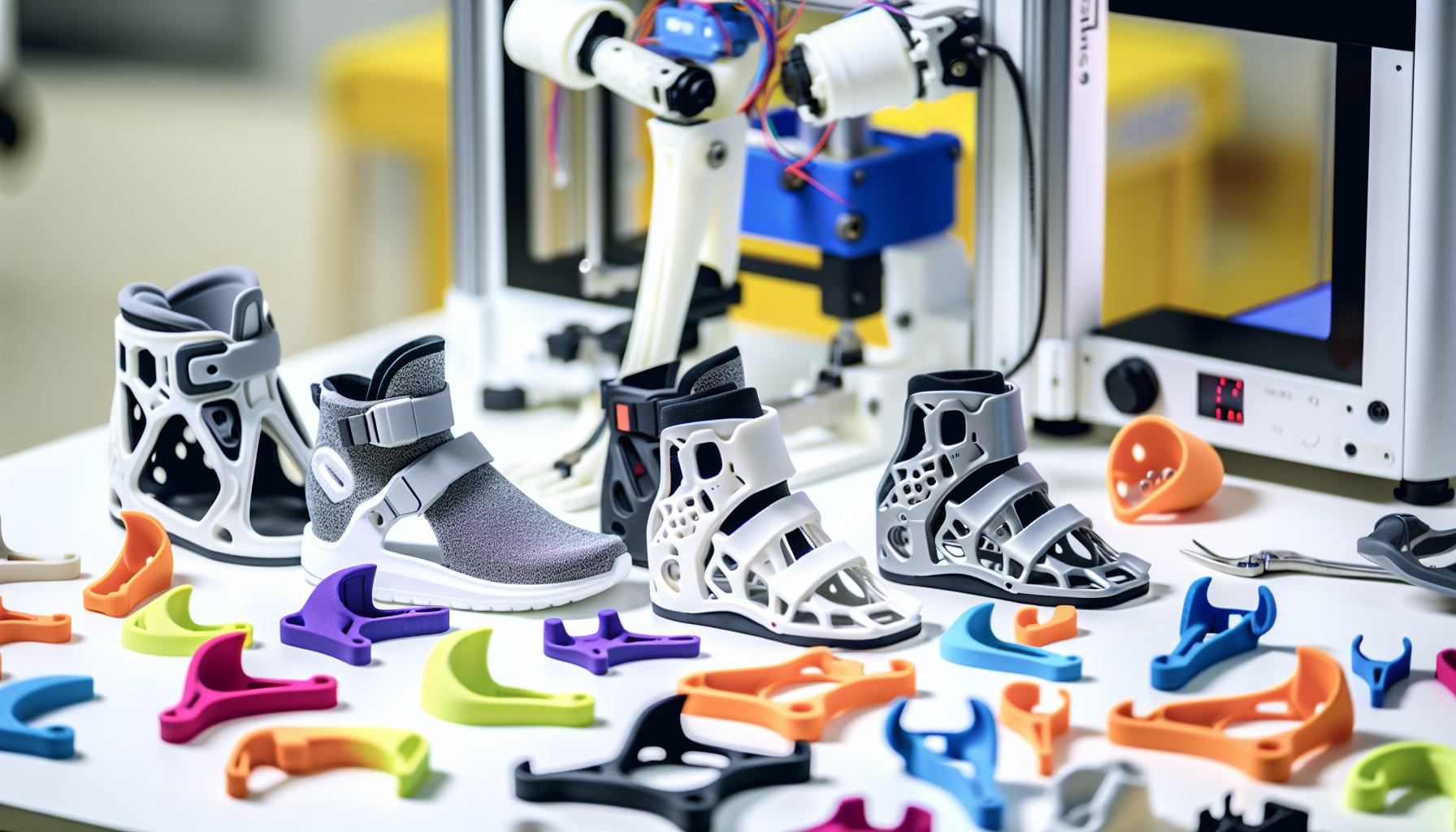
With advancements in technology, the design of AFOs has seen significant innovation. From 3D printed AFOs to the use of eco-friendly materials like kenaf composites, these improvements are making AFOs more effective and user-friendly.
The Rise of 3D Printed AFOs
3D printed AFOs are at the forefront of innovation in orthotic devices. They offer rapid production, customization, and lightweight designs, making them an attractive option for patients and clinicians alike.
The process for creating a 3D printed AFO involves the following steps:
- Scanning
- Modeling
- Printing
- Cleaning
These steps allow for high design flexibility, facilitating personalized customization to address specific patient needs. Plus, they offer enhanced comfort and fit due to the precision involved in the production process.
Eco-Friendly Materials: Kenaf Composites
Another innovation in the design of AFOs is the use of kenaf composites. This natural, durable, and eco-friendly alternative to traditional materials offers both ecological and economic advantages.
Kenaf composites are considered favorable due to their strong tensile strength and durability, which are essential mechanical properties for these orthoses. They’re comparable to polypropylene, a commonly used material in AFO production, making them a cost-effective and competitive alternative.
Selecting the Right AFO for You
Choosing the right AFO involves considering several factors. It’s not just about the type of AFO, but also about whether an off-the-shelf or custom-made option would be more suitable for you. We will probe these considerations in more detail.
Consulting with a Healthcare Provider
Consultation with a healthcare provider or physical therapist is a critical step in choosing an AFO. They can assess your specific needs and recommend the most appropriate AFO for your condition.
The frequency of consulting a healthcare provider when using Ankle Foot Orthoses depends on the specific condition being treated and the recommendations of the healthcare provider. Regular check-ups with your provider can help ensure that your AFO continues to provide the support and comfort you need.
Off the Shelf vs. Custom-Made AFOs
Off-the-shelf AFOs:
- Pre-manufactured
- Can be adjusted to fit
- Convenient and cost-effective option
- Readily available for purchase at local drugstores
- Provide a standard fit
On the other hand, custom-made AFOs are individually crafted for a patient using a plaster cast or three-dimensional scan, providing a personalized and precise fit. While they offer increased effectiveness in reducing plantar pressure and improving the likelihood of normal gait, they do come with a higher price tag.
Maintenance and Care for Your AFO
To ensure the effectiveness and longevity of your AFO, proper care and maintenance are necessary. This includes regular cleaning, checking for wear and tear, and adjusting the fit as needed.
An AFO should be cleaned at least once a day to uphold hygiene standards and mitigate the risk of skin irritation. Regularly checking for visual alterations such as cracks or worn areas on the material, marking or redness on the skin, and any structural damage like cracks will help determine when your AFO requires attention. If any signs of wear and tear are observed, it’s important to seek assistance from a professional rather than attempting to adjust or repair the AFO independently.
Frequently Asked Questions
How many types of AFOs are there?
There are several types of AFOs, including plastic AFO, walking boot, UD-Flex, carbon fiber AFO, AF Servo, TurboMed, three-dimensionally printed AFO, and AFO made from kenaf composites. Some of the main types are flexible, rigid, and jointed, each with specific advantages and disadvantages.
What is the difference between articulating AFO and solid AFO?
The difference between an articulating AFO and a solid AFO is that the articulating AFO allows for some ankle flexion, while the solid AFO does not. This can make a difference in mobility and comfort for the wearer.
What is the difference between an AFO and a DAFO?
The main difference between an AFO and a DAFO is that DAFOs are lighter, more flexible, and comfortable to wear, making them easier to fit in shoes and they look cool!
What is a ankle foot orthosis used for?
Ankle foot orthoses (AFOs) are used to stabilize the foot and ankle, prevent excess motion, improve gait, and maintain a stable posture, particularly in individuals with pain, instability, or weakness in the ankle muscles. They are instrumental in preventing foot drag, providing clearance during the swinging phase of gait, and allowing heel contact with the ground during the stance phase.
What are 3D printed AFOs?
3D printed AFOs are a recent innovation in orthotic devices, offering rapid production, customization, and lightweight designs, making them an attractive option for patients and clinicians.


